Building an ethical wardrobe is one that factors in the people that make our clothes and the planet too. Check out these 5-steps to get started.
Building an ethical or sustainable wardrobe are interchange terms which can often mean the same thing or something different, usually there’s a preference for which is most important. For most people building an ethical wardrobe means prioritising wearing clothes made by people who have been paid a fair wage and not exploited in any way (not just focusing on sustainable materials and circularity).
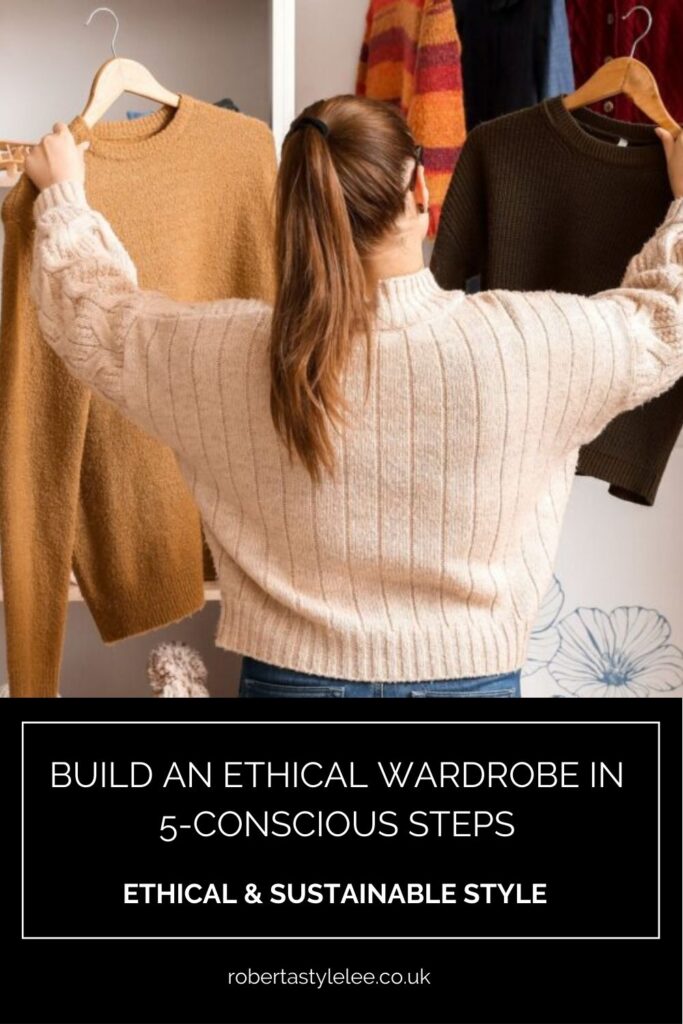
Step # 1 – Know your values

It’s your wardrobe, so it’s your choice to decide if ethics relating to people, planet or animals matter the most to you. Get clear on your values and use them as anchors to make your style an extension of who you are and what you believe in. Your wardrobe can and should be a reflection of your ethical beliefs and sustainability practices that are aligned with your views.
Step #2 – Create your personal style profile

Create a personal style and values vision board to get better clarity on your style profile
Before you can create your style, you need to think about what it is! When I work with my clients, I usually advise them to have colour and body shape analysis done first. Going through these steps helps you understand the art of getting dressed and once you’ve mastered these styling basics – everything else is much easier!
Curating your style helps to get focused on key elements that will help transform how you feel and look. The right colours and clothing types should accentuate your natural colouring and unique body shape, and help elevate your energy and show your personality.
Many of my clients like to start with mood boards to get better clarity on their potential style profile, then they look to refine it further by having their colours done and identifying the right styles of clothing to flatter their body shape. Sometimes this will rule out certain ethical fashion brands and highlight others that are more more suitable – it will also make you consider all of your options and if the style you want to achieve is possible within the budget you have and availability of desired items.
BOOK A FREE DISCOVERY CALL
Discover the best way to get started on your confidence and personal style journey

Step #3 – Edit your wardrobe
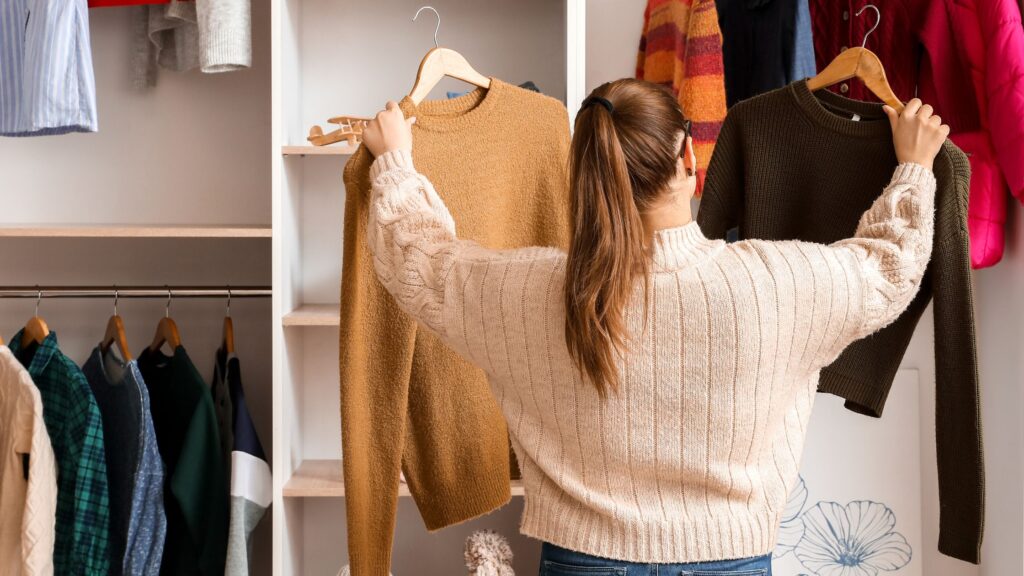
Review the pieces in your wardrobe, do they fit properly? Do the colours bring your complexion to life? Is the style coherent with the style profile you’ve created for yourself? Carry out a life and style analysis to get clear on what you need and what you want to find the right balance of items required.
Start with an inventory check and identify exactly what you’ve got, what you wear the most, and get crystal clear on what you really need. Remember that the most sustainable clothes are the ones you already own – so really review the potential of everything. Try mixing and matching new pieces and experiment with the clothes you’ve already got.
Try and recreate the looks on your mood boards, see what could be altered, what could be dyed a different colour – and make a note of any items that need to be repaired, recycled, sold or donated. The first step of building a sustainable and ethical wardrobe is to always utilise what you have, value the clothes you already have, respect them and honour them.
Step #4 – Fill the gaps
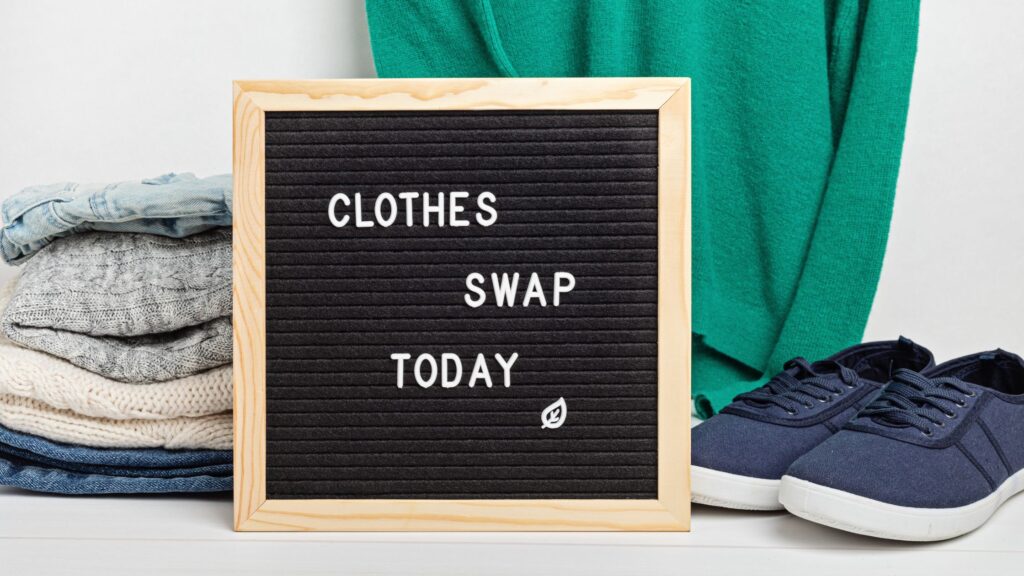
Here’s how you can start to fill the gaps in your wardrobe:
- Explore vintage stores
- Check out preloved clothing apps and set up alerts on key sites like eBay
- Experiment with clothing rentals before commiting to a high-value purchase, make sure the style, shape and colour works for you
- Check out clothes-swapping apps – and you might be surprised to find just what you’re after as long as you go without expectations but a clear idea of what you need.
- Use online directories to find ethical and sustainable fashion brands that are aligned with your values
- Explore ethical department stores like Wolf & Badger and look out for ethical pop-up shops, go in and see the pieces and get a feel for the quality of the brands.
You’ve probably got some pieces that are OK for now, but at some point, you will want to buy those missing pieces so you can maximise your wardrobe outfit options.
As a sustainable stylist, it’s important to me to encourage the use of items that are already in circulation, because this really is the MOST sustainable option. So always see if you can find the missing items preloved first, or see if you can dye items you have at home with Dylon – or if you need alterations done check out this list of alterations specialists here.
There’s a lot of clothing out there, and whilst I advocate supporting independent ethical and sustainable brands, I still believe we can find most of what we need preloved. There’s so much clothing being posted on preloved clothing sites every day, that it really is possible to wear second hand clothes if that’s one of your core values.
“Research from over 2,000 consumers polled as part of True Fit’s Fashion Derailed report showed that over a lifetime Brits will amass £32,951 worth of unworn clothing in their wardrobes”
– Retail Connections
Step #5 Research fashion brands before you purchase

This is the step most people find the hardest and most frustrating. Whilst ethical fashion has come a long way since 2015, the ethical side of the industry has been overshadowed by the sustainable fashion movement which gained popularity in 2019.
Now we are presented with greenwashing and many high-street and fast-fashion retailers have started producing eco-lines to capture an engaged market willing to pay more for sustainably produced clothing.
But are they really ethical or sustainable? That’s the question I get asked all the time ‘how do I know if a brand is truly ethical?’ In short, no. A brand can call themselves sustainable, but that doesn’t mean that they operate ethically. So it’s really worth checking out their ethics page, where they produce their clothing and taking a look at their price point and considering if the price tag feels aligned with the true cost of a garment.
But the reality is sometimes we need to make conscious decisions and buy from places that have items that suit our style, body shape and budget. It’s not always easy to find exactly what you need. So, my advice is buy what you can preloved, buy what you can from independent brands, and don’t beat yourself up if you find yourself in a high-street store buying one or two things you really need – we call that embracing imperfection!
Why is building an ethical wardrobe so important?
Somewhere along the way, we’ve lost sight of the people who make our clothes – and sustainability credentials such as organic cotton, or natural materials have gained popularity and interest.
As we are more focused on building an ethical wardrobe in this blog, the key area to explore when it comes to fashion is how garment workers are treated. How much are they paid? This is why the pricing of garments is telling… a £5 T-shirt, even if it’s made from BCI cotton, is still just £5. How can a brand make a profit when there are so many people and steps, logistic, transport, shopping and marketing costs? This is why understanding the True Cost of our clothes is important.
Create an ethical closet aligned with your values
Why should we care?
Worker Welfare: Ethical fashion ensures that the workers involved in the clothing production process are treated fairly, and are paid fair wages, and provided with safe working conditions. For many brands this is one of the main reasons they do what they do, to promote opportunities for garment workers to have a dignified life and be paid fairly for their skills. By choosing ethically made products, we support the demand for a fairer fashion industry.
Preserving Artisan Crafts and Traditions: Supporting local artisans and keeping crafts and skills alive is vital for preserving cultural heritage, driving economic empowerment, promoting sustainability, acquiring unique and authentic products, fostering social development, and nurturing creativity and innovation
Animal Rights: Ethical fashion considers the welfare of animals by avoiding the use of materials derived from animal cruelty, such as fur, exotic skins, or certain types of wool. An ethical supply chain will use cruelty-free alternatives and be fully transparent about where they source animal-derived materials.
Social Responsibility: Many ethical fashion brands are socially responsible and prioritise the welfare of their workers their goals go beyond making a profit. It’s about full transparency, accountability, and demonstrating business can be profitable by following ethical business practices. Most operate with fair trade practices and contribute positively to local communities.
Recycled and Up-cycled: Supporting up-cycled and recycled products plays a crucial role in waste reduction, resource conservation, energy savings, pollution reduction, the promotion of the circular economy, and driving innovation in sustainability. By choosing these products, we actively participate in creating a more sustainable and environmentally responsible world.
By choosing ethical fashion, we can contribute to a more sustainable, responsible, and equitable fashion industry that respects both people and the planet. You can read about fast fashion and why it’s important we support ethical fashion over at Ethical Brand Directory. Of course our consumer habits only play a small role in affecting real change, so consider supporting other fashion activism campaigns and groups. You find out more over at Ethical Brand Directory on their Armchair Activism page.
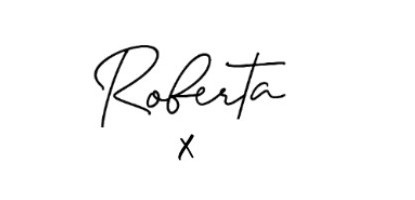

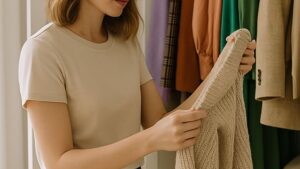
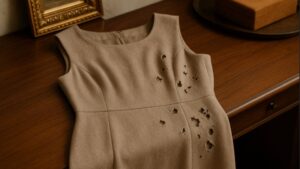




2 thoughts on “Build an Ethical Wardrobe in 5-Conscious Steps ”
Hi, as a mum, we often are too busy to think about what to wear, as we are very rushed to get to and from school, and sometimes our clothes may look out of tune, as I discovered when I looked in the mirror and thought oh gosh! So I looked through my wardrobe and matched some casual tops and bottoms together to create some simple and comfortable looks that are fashionable. I’ve re-used some items that I never wore in a while. Quite pleased.
That’s amazing Amar, thank you for sharing. I hear this a lot from mums, editing back your wardrobe so you have fewer pieces can really help with those hectic mornings – it removes the overwhelm of deciding what to wear. Ironically the more clothes we have, the harder it can be to quickly pick an outfit and get out the door. I am so pleased that you were able to mix and match pieces from your existing wardrobe, experimenting is key and re-using your pieces is definitely the most sustainable option too.